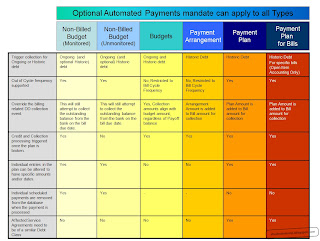I am aware of a number of performance issues with converting a large amount of transactional data, specifically around the Key Generation routines and the method whereby these jobs cannot be multi-threaded (resulting in massive rollback segments as a single SQL statement attempts to process all transactions in one hit). As a result, I have looked into the ability to tune this conversion phase and recommend the following: 1. Review the code in CIPVBSGK (via AppViewer for an example of how CC&B conversion generates keys). 2. Consider dropping all indexes on the CK_* tables before running KeyGen to reduce the amount of I/O (ensure that these are all rebuilt as soon as KeyGen has completed to ensure that other dependent tables do not suffer slowdown as a result of full table scans). 3. Ensure that Rollback Segments, Transaction tables (i.e. Bills, FTs, Payments, Meter Read, etc), Master Data Table (ie Account, SA, etc) and Indexes are allocated their own table-spaces and I/O Chann

